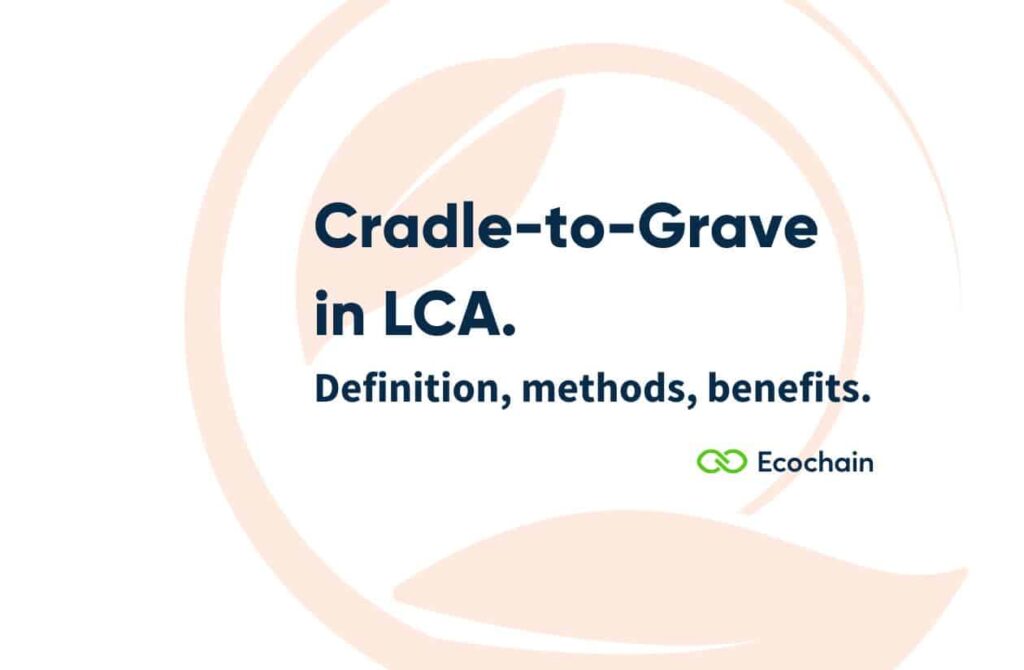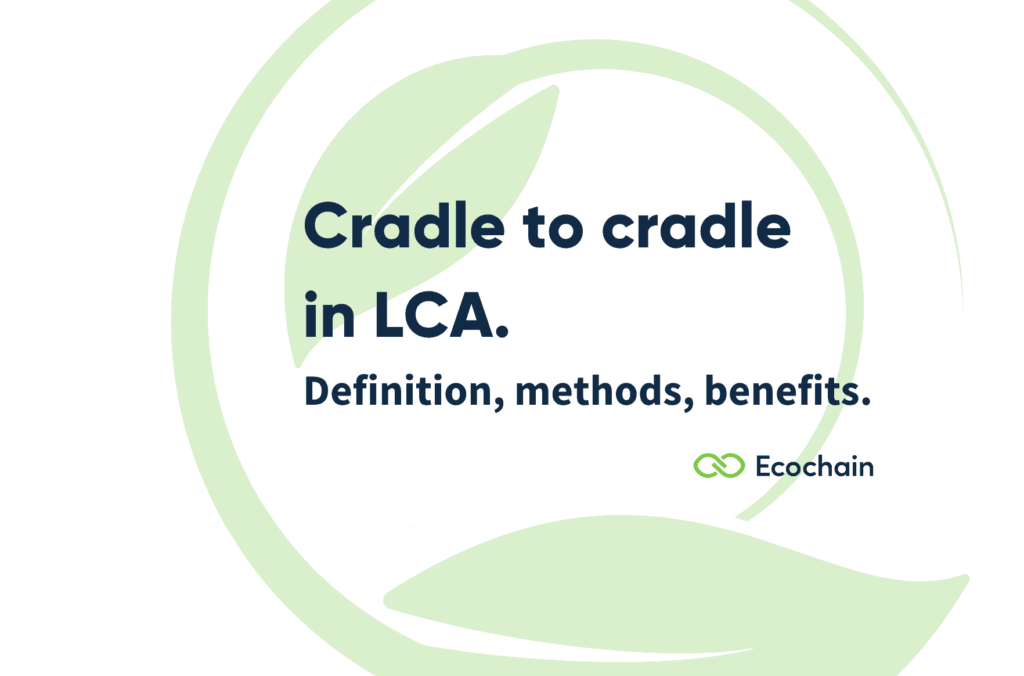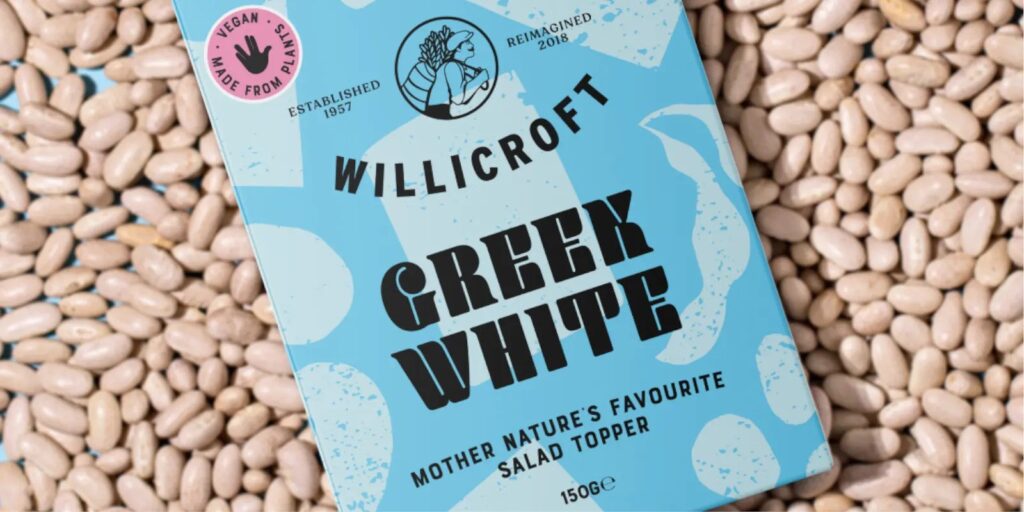Comparison of Top LCA Software: Your Ultimate Guide to LCA Solutions
Comparison of Top LCA Tools: Your Ultimate Guide to LCA Solutions Life Cycle Assessment (LCA) is the scientific method to measure the environmental footprint of products and services. Sustainability, climate change, the circular economy – they’re all becoming part of everyday business. As a result, the market for LCA tools develops quickly. Companies have an increasing need for […]
Cradle-to-Grave in LCA: What Is It & How Does It Work?

The term “Cradle to Grave” is completely intertwined with the scientific method Life Cycle Assessment (LCA). LCA is thé scientific method to measure all environmental impacts of a product. Cradle-to-grave is one of several “life cycle models” you can choose in your measurements – and determines the scope of insights you gain from your LCA. […]
Cradle-to-Cradle in LCA: What Is It & How Does It Work?

Cradle-to-cradle or cradle to cradle, does not let old products go to waste. Instead, a product’s materials and components are repurposed or recycled. This keeps materials “in the economic loop” and saves energy during production. Win-win. The “circular economy” received increasing international attention since 2010. Its main purpose: revolutionize how materials are used in our […]
Ecodesign for Sustainable Products Regulation (ESPR) – 2024 Overview

What is the Ecodesign Directive? The European Ecodesign Directive (Directive 2009/125/EC) sets ecological standards for the design of specific product groups in the member states of the European Union. It works alongside its “sister directive,” the Energy Labeling Regulation, which governs the energy labeling of such products—commonly seen on appliances like fridges and washing machines. […]
Maximizing the Power of Plant-based Cheese: Willicroft’s Journey from Assumptions to Effective Climate Action

In this case study you’ll find: How user-friendly LCA software Mobius elevated environmental insights by consolidating all data on a single platform – and shook up Willicroft’s assumptions about the environmental impact of their products.Sustainable product design in practice – replacing an impactful former main ingredient.Willicroft’s stance on food labeling, carbon taxation, and balancing environmental […]
Sustainability in Product Design: How To Improve Today
We all know it – consumption is ruining our planet. Therefore, it’s vital to make the products we need more sustainable. Luckily, choosing “greener” raw materials only scratches the surface of what Sustainable Product Design can do – how about enhancing the durability and repairability of your products, or leveraging sustainable consumer behavior with your […]
From Data to Impact Data: Impact Assessment in LCA (LCIA)

In LCA we scientifically measure the environmental footprint of a product. And the most essential ingredient (and output) is “data”! Data has different shapes along the LCA-process: In LCA phase 2 (image below), the inventory analysis, we map and gather the total emissions (to air, soil, water), resource extractions, and land use/transformations that our product […]
How to Interpret Your LCA Results

The third Phase of LCA gave you your LCA results. Great! You know the environmental footprint of your product! Now…what does it tell you exactly? The fourth (and last) Phase of LCA is about interpreting these results and gaining the environmental insights you need. So, let’s get into: The goal and process of LCA Interpretation […]
How to define the goal & scope of your LCA
In the Goal and Scope (LCA Phase 1) phase of making a Life Cycle Assessment (LCA) you specify: what, why, how, and for whom your LCA is relevant. It’s a crucial phase in making LCAs, as it determines your outcome and how you interpret and check your results. That’s why you always return to this […]
The most used LCI Databases for Life Cycle Assessment (LCA)

LCI databases are crucial to making Life Cycle Assessments (LCA is the scientific method to measure the environmental footprints of products). LCI databases contain information on the average environmental footprint of most materials and processes used in our daily lives and national economies. They provide environmental data companies can’t or haven’t yet measured themselves yet. […]
